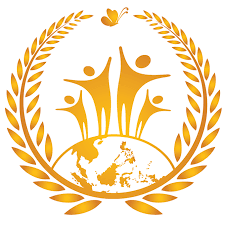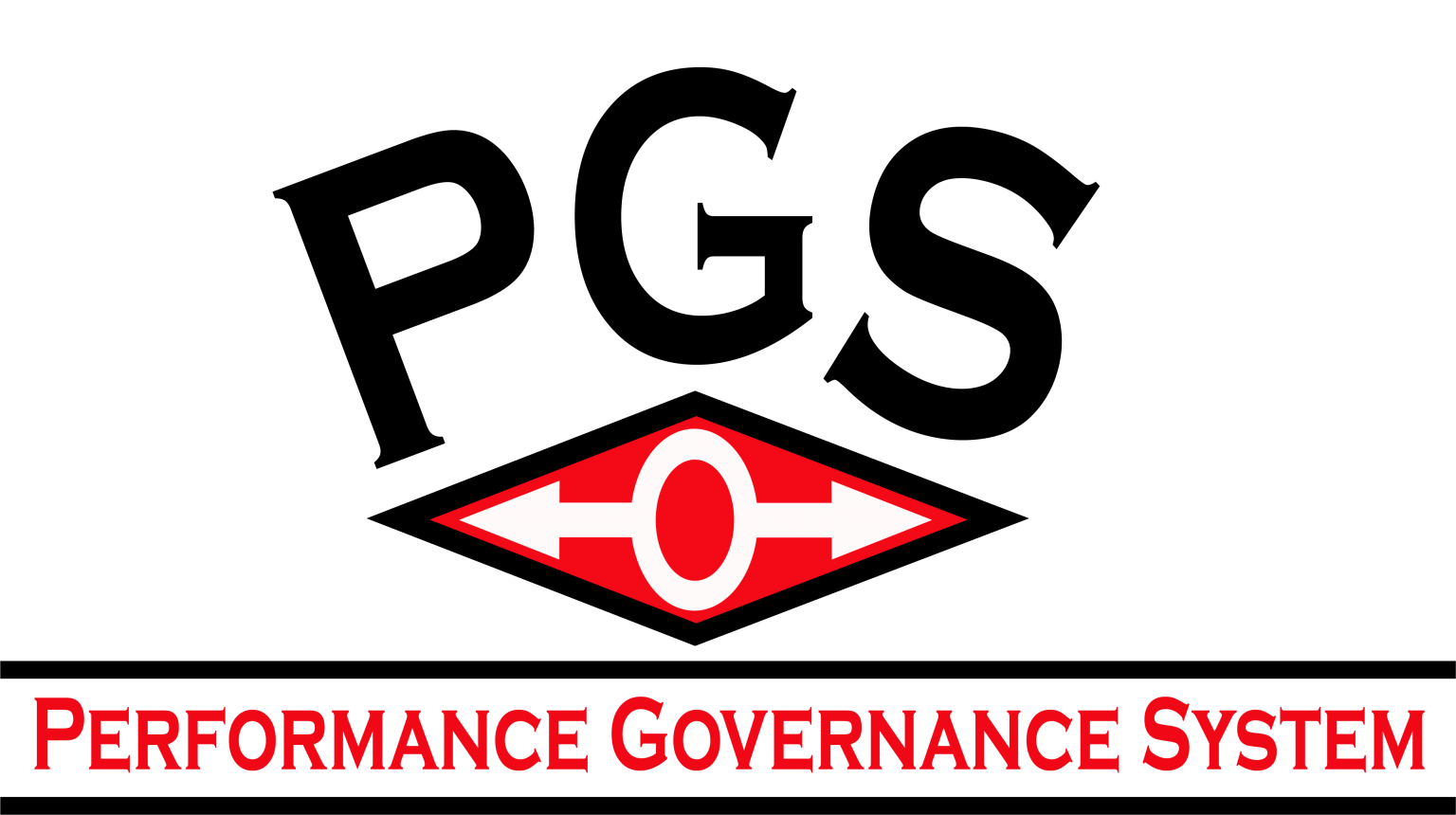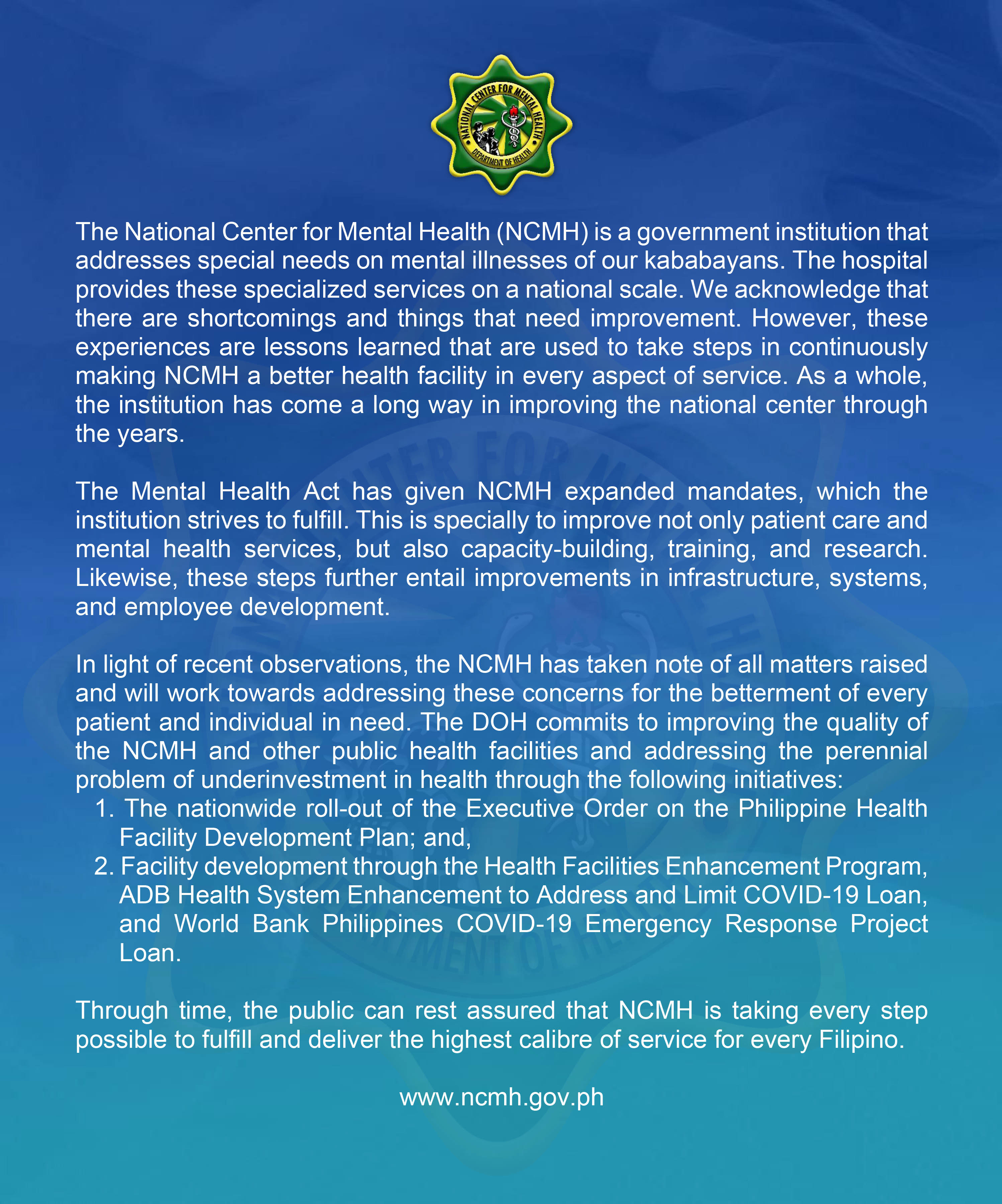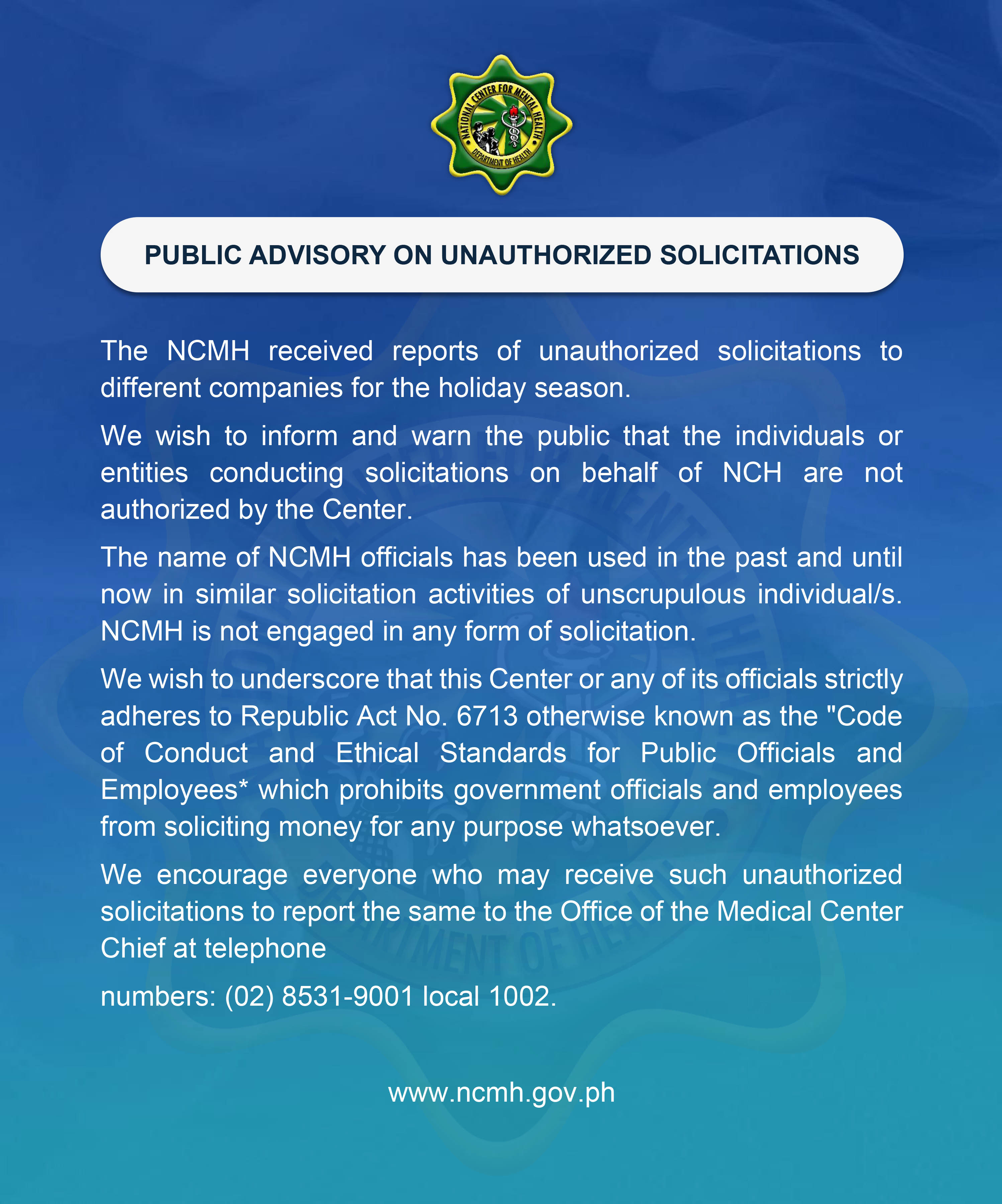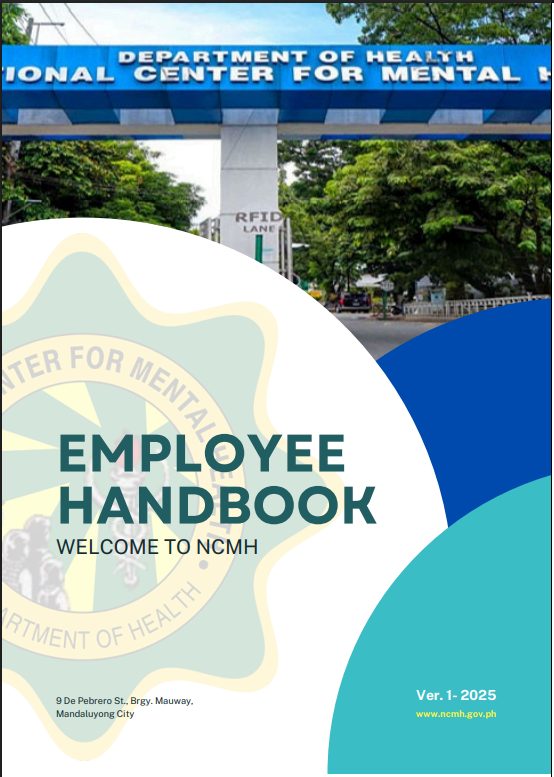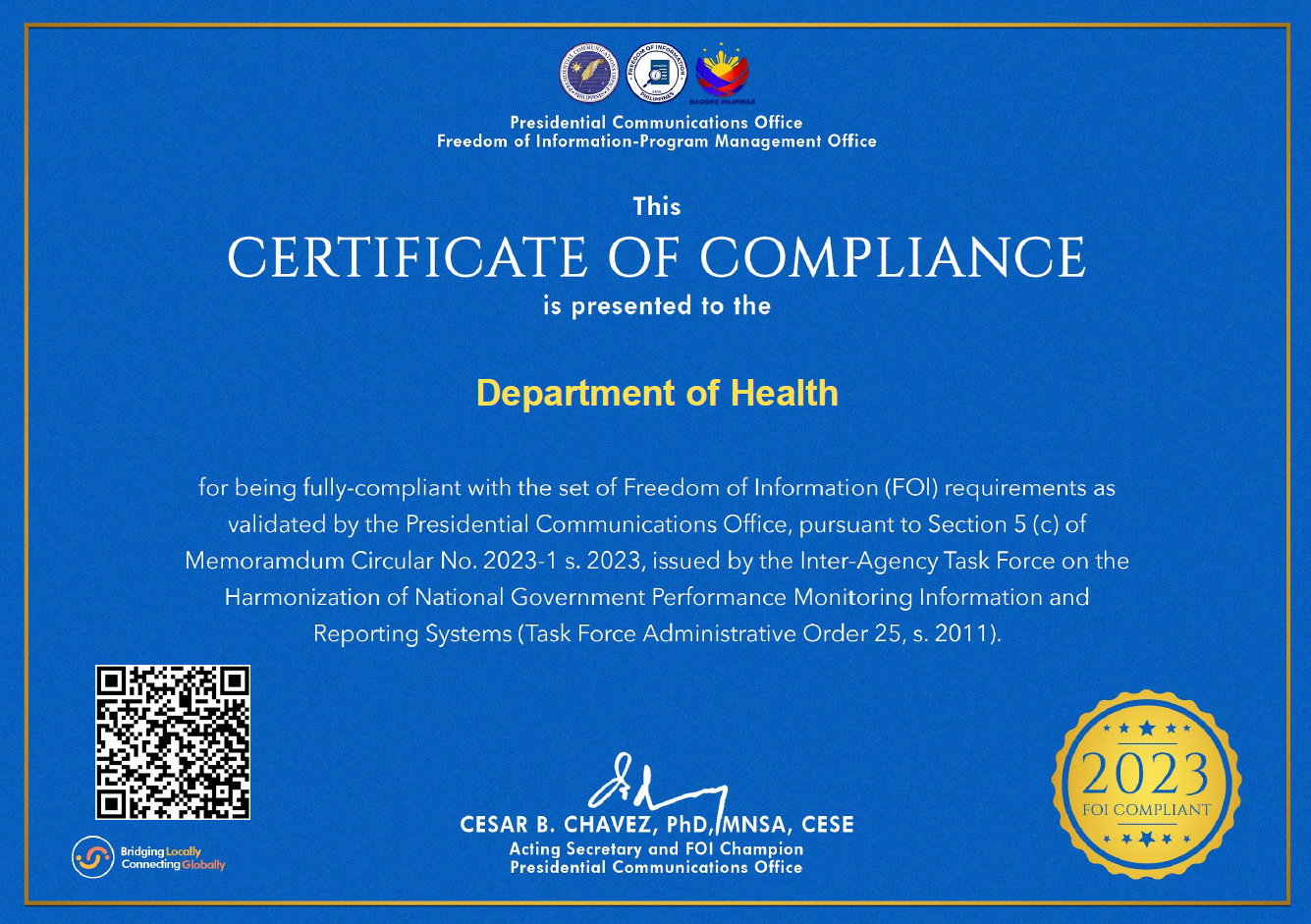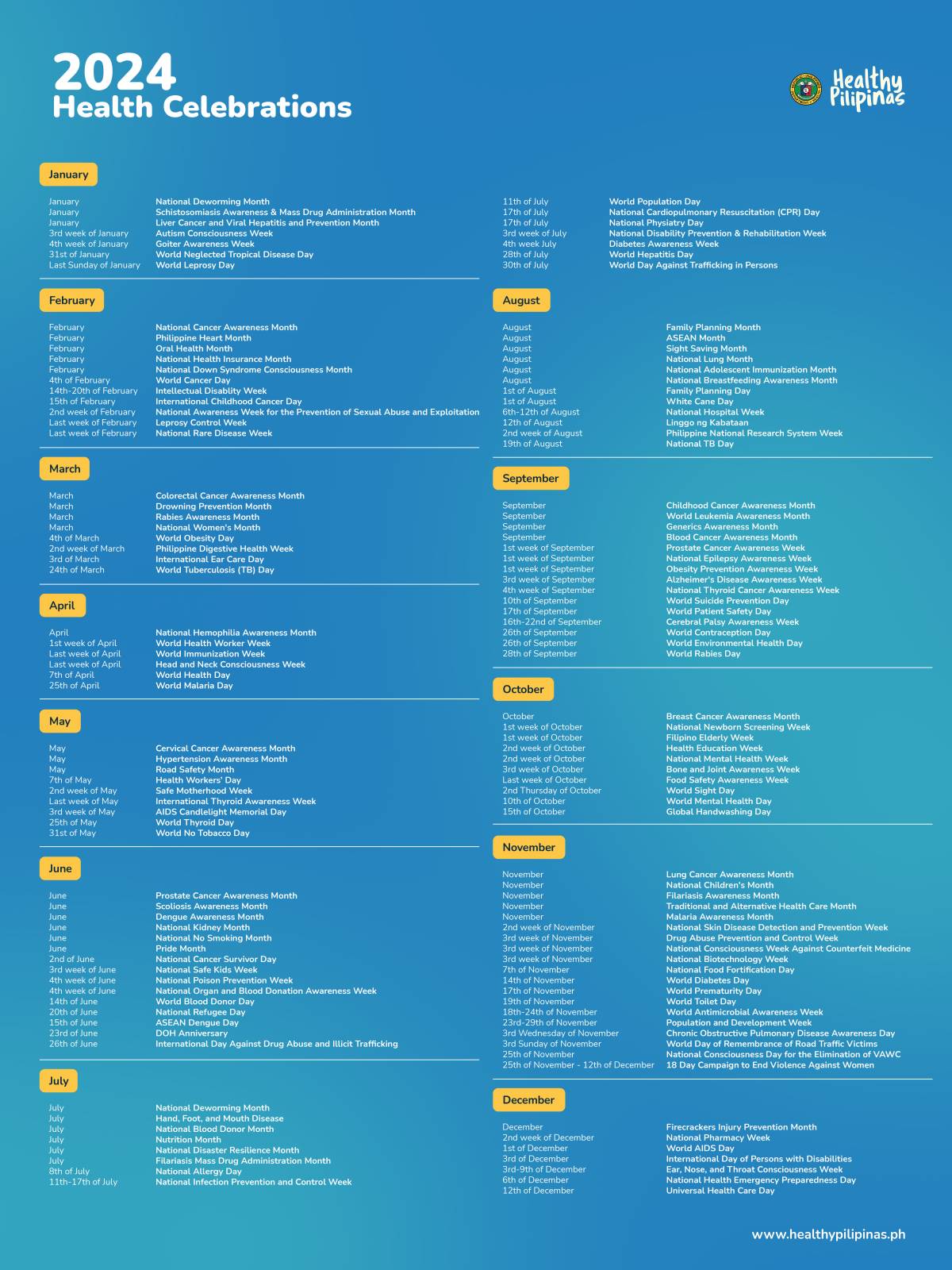A 10-man team from the National Center for Mental Health was deployed to the earthquake-stricken Negros Oriental to provide Mental Health and Psychosocial Support to the survivors of the 6.9 magnitude quake.
As early as the third day, team was already formed ready to be deployed anytime, consisting of seasoned psychosocial care providers who are Visayans for ease in communicating with the survivors. Nurses, nursing attendants, psychologists and a doctor from HEMS Central office were all heart and all mind, all ready to serve anytime. What sets this disaster different from the other disasters? In my 22 years in disaster work, I have seen destructions in infrastructures and properties, grief, shattered dreams, lost limbs and anxiety and fear in the minds and hearts of the survivors. More often, it is just the extent of the damage which is different, from one disaster to another.
This earthquake which jolted Negros Oriental and other neighboring provinces, on February 6 at around 11:45 in the morning, seem different for the reason that it has thousands of after shocks recorded in a month’s time. People, instead of moving towards the next disaster phase, cannot, because of the anxiety, fear and panic brought by the continuous effect of the earth shaking.
Stories of the survivors were so clearly consistent that listening to them was almost experiencing the incident ourselves: it was almost noontime then; most of them were preparing for or having their lunch. Some are out on the streets, some at home, others still at work. Then the shaking began. Some thought they just felt dizzy but the shaking became stronger that nobody remained standing. All have to lie on the floor or ground or took cover under tables. Everybody said they first heard a loud “boom” sound, like a strong blast , followed by a sound similar to that of a motorized banca engine. As they remained flat on the ground, they heard bubbling sound underneath. They saw the soil moving like waves, the mountains moving up and down.. the trees swaying left and right…as they heard cries of fear, panic and prayers. Some witnessed the road cracked, walls fell and bridges broke. Some houses collapsed and many others had cracks and breaks all over their homes. The people preferred to stay on make-shift tents on their grounds fearing that the shaking will recur and their houses may collapse. Those who live in the coastal areas swore they saw the seawater recede far from the shoreline. In Martilo, a coastal barangay, after the seawater receded, it produced back exceptionally high waves, they described as high as coconut trees which damaged houses , structures and trees along the coastal areas. They term this “baby tidal waves”. If not for the islands of Cebu covering them from the open sea, it could have been a real tidal wave, thus the tsunami alert advisory issued immediately after the quake.
Likewise, landslides resulted. Almost fifty houses drifted apart as the soil eroded on a mountain slope in Bloke Dos in Barangay Solonggon, La Libertad and in Barangay Planas in Guihulngan. The resulting slurry of rocks from the mountain top in a fast rolling motion damaged the houses and claimed lives. Debris avalanche was very fast as it slid down the slope. Some survived. Others saved a love one. But to date, there are still 33 missing residents in Bloke Dos believed to have been buried among the debris. The bulbous earthflows hindered the rescuers to further continue the diggings and retrieval operations after two weeks. It was now left unto the hands of the surviving families to do their own diggings but only allowed by the local government officials until March 10, after that the place will be declared an official tomb site.
Psychosocial support for Negros earthquake victimsThe rural folks have not experienced such a magnitude of disaster in the past. The last earthquake experienced was nowhere in their recent past and most of them cannot recall anymore. Everybody was caught by surprise. Now everybody realized that not anyone is really prepared for a disaster. Some have learned their lessons. Many have entrusted their lives to the Almighty, as they believed that no amount of preparedness can make one safe and alive if it is really your time. The tragedy was believed to have brought people closer to each other and their faith in God was strengthened owing to the increase in number of churchgoers. People have come to terms that family is more important than any material possessions on earth. Those who survived unscathed were thankful. Those who lost their loved ones are now more accepting but still in grief.
One month after that tragic incident, many have started going back to their usual routine. We owe this to the strong resilience of the Filipinos. But many are still anxious and fearful because of the aftershocks still being experienced almost everyday. And the damage it has caused them will forever be in their memories. The pain may not be the same anymore, but the anxiety is still there.
The Psychosocial Teams of the Department of Health, from Regions 7, 6 and that from the National Center for Mental Health have provided mental health and psychosocial support (MHPSS) to most of the health workers, other service providers and the high-risk survivors, at least from the three mostly affected towns of La Libertad, Guihulngan and Jimalalud. The intervention may not be enough but it sure helped them coped better with the disaster and will mitigate the adverse effects of the trauma, ease the pain and relieve them of the stress reactions.
It is my hope then, that there will be more people who will be capacitated to provide psychosocial intervention considering the series of disasters our country has experienced. This may just be a wake up call for us to prepare more!
